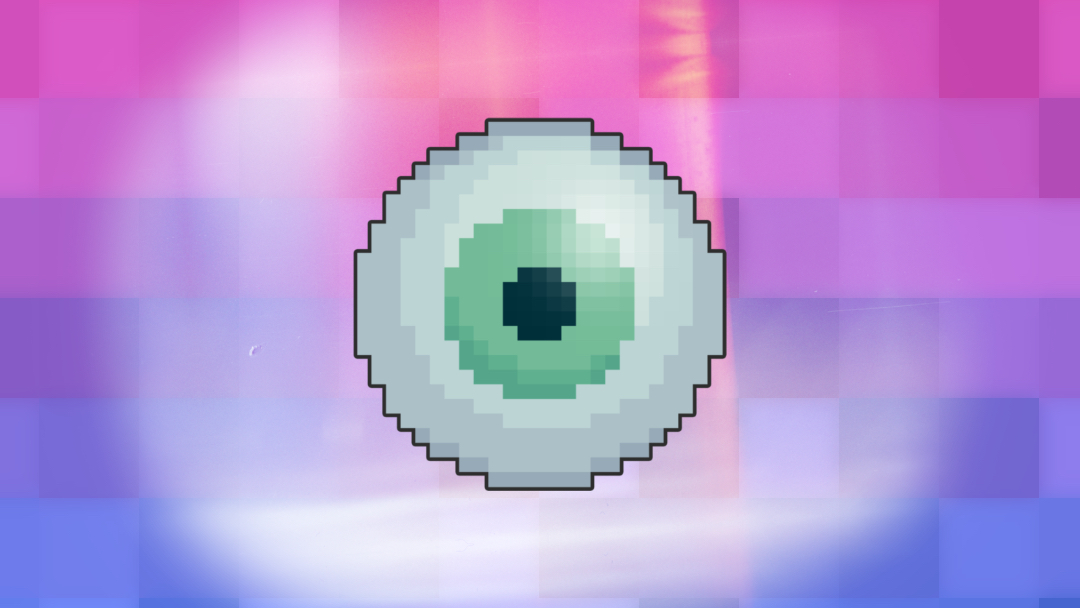- 📖 Geeky Medics OSCE Book
- ⚡ Geeky Medics Bundles
- ✨ 1300+ OSCE Stations
- ✅ OSCE Checklist PDF Booklet
- 🧠 UKMLA AKT Question Bank
- 💊 PSA Question Bank
- 💉 Clinical Skills App
- 🗂️ Flashcard Collections | OSCE, Medicine, Surgery, Anatomy
- 💬 SCA Cases for MRCGP
To be the first to know about our latest videos subscribe to our YouTube channel 🙌
This guide provides a step-by-step approach to performing eyelid care for blepharitis including applying a warm compress, eyelid cleaning and eyelid massage (with video demonstration).
Background
Blepharitis is a chronic inflammatory condition of the eyelids and the leading cause of dry eye disease.
Typical symptoms include ocular irritation, foreign body sensation, burning, redness and crusting. It is a common condition, accounting for 5% of ophthalmology-related presentations in primary care.1
Clinically, blepharitis appears as erythematous and thickened eyelid margins. The base of eyelashes may reveal crusting and matting. Immediately posterior to the eyelashes, yellow ‘capping’ of meibomian gland orifices may be seen.
Management of blepharitis is largely supportive, starting with warm compresses, eyelid cleaning and massage.
For more information on blepharitis, see the Geeky Medics guide to eyelid disorders.
Gather equipment
Gather the appropriate equipment:
- Clean cloth
- Warm water
- Cotton buds/gauze
Introduction
Wash your hands and don PPE if appropriate.
Introduce yourself to the patient including your name and role.
Confirm the patient’s name and date of birth.
Briefly explain what the procedure will involve using patient-friendly language.
Gain consent to proceed with the examination.
Applying the warm compress
1. Soak the cloth in a bowl of warm water (the water needs to be around 40°C to melt the secretions but not too hot as to cause burns)
2. Wring out excess water
3. Fold the cloth and place it over the patient’s closed eyes
4. Leave over the patient’s closed eyes for 2 – 3 minutes
5. Repeat 4 – 5 times
Eyelid cleaning
Lower lid
1. Ask the patient to look up, and gently pull down on the lower eyelid to expose the lower lid margin
2. Gently, but firmly, wipe across the eyelid margin from the inner to outer canthus using gauze/cotton bud
3. Discard gauze/cotton bud
4. Repeat with fresh gauze/cotton bud until clean
Upper lid
1. Ask the patient to look down, and using your thumb, gently lift the skin of the upper eyelid to evert and expose the upper lid margin
2. Gently, but firmly, wipe across the eyelid margin from the inner to outer canthus using gauze/cotton bud
3. Discard gauze/cotton bud
4. Repeat with fresh gauze/cotton bud until clean
Eyelid massage
Eyelid massage expresses the softened meibomian gland secretions to the surface of the meibomian gland orifices (pores).
1. For the upper lid, gently apply pressure with a finger and roll from the skin towards the eyelashes, maintaining pressure throughout
2. For the lower lid, ask the patient to look up and roll a finger with gentle pressure from the skin towards the eyelashes
3. Make sure to massage through the entire length and height of the lids
4. Repeat this 3-4 times
5. Wipe away any expressed secretions with clean gauze/cotton bud
After demonstrating and explaining eyelid massage, encourage the patient/carer to attempt massage, assess their technique and provide feedback or corrections if required.
Tip – eye masks
Microwavable and electrically heated eye masks which serve the purpose of warm compresses are available commercially and can be recommended to patients who find repeating wet warm compresses cumbersome.
Other treatments
Other treatments for blepharitis include:
- Topical antibiotic ointment applied to the lids following lid hygiene may reduce bacterial load in staphylococcal blepharitis.
- An extended course of low-dose oral tetracyclines and regular omega-3 fatty acid supplements may have a useful anti-inflammatory effect.
- Tea tree oil wipes have demonstrated benefits in patients with Demodex-associated blepharitis3,4
Reviewer
Dr Sahib Tuteja
Ophthalmology Trainee
References
- NICE CKS. Blepharitis. Published in 2019. Available from [LINK]
- Borchman D. The optimum temperature for the heat therapy for meibomian gland dysfunction. Ocul Surf. 2019;17(2):360-4.
- Koo H, Kim TH, Kim KW, Wee SW, Chun YS, Kim JC Discomfort and Demodex: Effect of Tea Tree Oil Eyelid Scrub in Demodex Blepharitis. J Korean Med Sci 2012;27:1574-9
- Maher T. The use of tea tree oil in treating blepharitis and meibomian gland dysfunction. Oman Journal of Ophthalmology 2018 Jan 1,;11(1):11-15.




